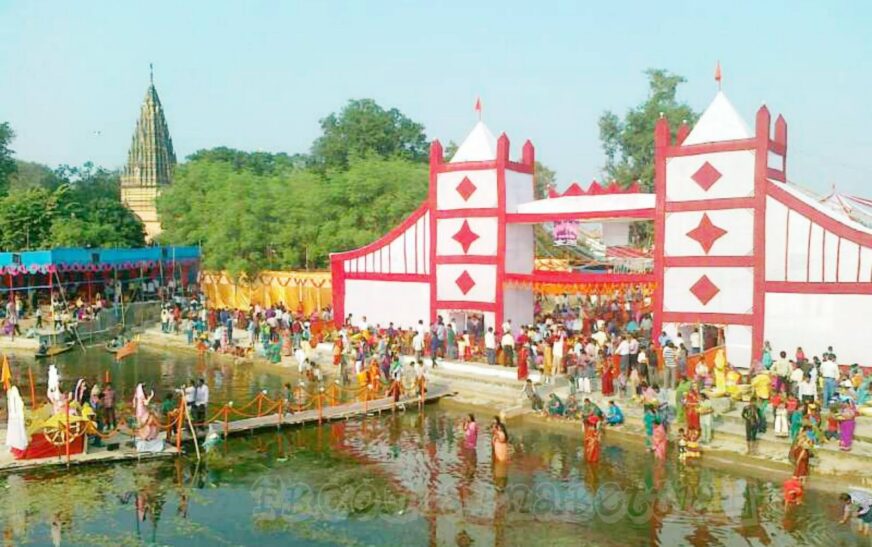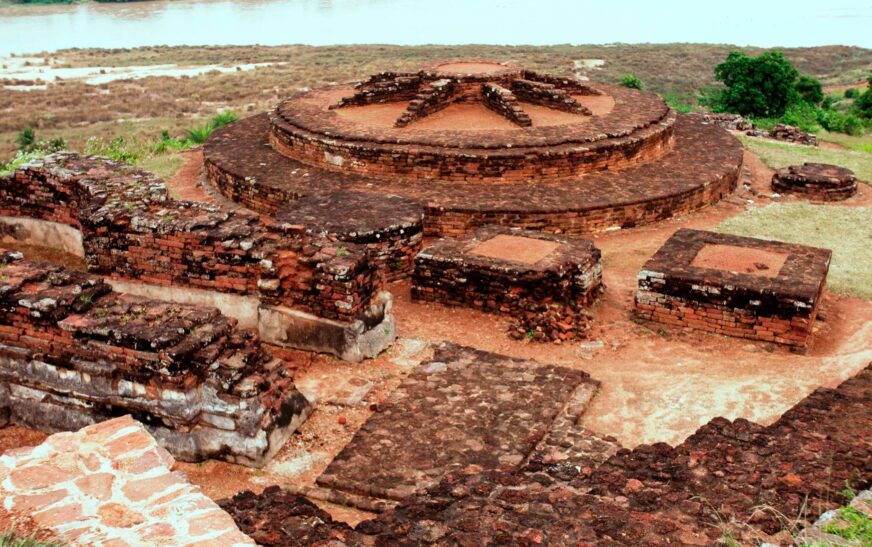Guntakal, Andhra Pradesh City Guide: Where To Go, Stay, Eat, And shop in India’s best city.
Guntakal, Andhra Pradesh
Guntakal is a major railway junction and town in Anantapur district, Andhra Pradesh. It is an important transportation hub due to its strategic location on the South Central Railway network. Historically known for mining, granite exports, and trade, Guntakal is now a developing town with growing industries and educational institutions.
1. Location & Geography
- Situated in Rayalaseema region, Andhra Pradesh.
- Located 50 km north of Anantapur and 330 km south of Hyderabad.
- Lies on the Bangalore-Guntakal-Hyderabad rail route, making it a key railway hub.
- The region has a semi-arid climate with hot summers and moderate winters.
2. Economy & Industries
- Railways:
- One of the biggest railway junctions in South India.
- Headquarters of the Guntakal Railway Division (South Central Railway Zone).
- Mining & Granite Industry:
- Known for granite stone exports.
- Presence of iron ore and limestone mining.
- Agriculture:
- Major crops: Groundnut, sunflower, jowar, and pulses.
- Trade & Commerce:
- Active wholesale markets for food grains and commercial goods.
3. Railway & Transportation Hub
- Guntakal Junction:
- A major railway hub connecting Mumbai, Bangalore, Chennai, and Hyderabad.
- Serves as an engine and wagon maintenance hub.
- Road Connectivity:
- Well-connected via NH-44 (formerly NH-7) and NH-67.
- Buses to Tirupati, Bangalore, Hyderabad, and Chennai.
- Air Connectivity:
- The nearest airport is Kempegowda International Airport, Bangalore (250 km away).
4. Education & Institutions
- Government Degree College, Guntakal
- Sri Krishna Devaraya University-affiliated colleges
- Several engineering, medical, and polytechnic institutes.
5. Tourist & Cultural Attractions
- Sri Venkateswara Swamy Temple (Guntakal): A famous Hindu temple dedicated to Lord Venkateswara.
- Tadipatri (50 km away): Known for ancient Vijayanagara temples.
- Alur Fort (60 km away): A historical site with Vijayanagara-era architecture.
- Belum Caves (120 km away): The second-largest cave system in India, famous for rock formations.
6. Lifestyle & Development
- Residential areas are growing due to railway-related employment.
- Presence of hospitals, schools, and shopping centers for daily needs.
- Government initiatives to improve infrastructure and road networks.

![Guntakal, Andhra Pradesh City Guide: Where To Go, Stay, Eat, And shop in India’s best city. [Updated-2025]](https://traveloinfo.com/wp-content/uploads/2025/03/GuntakalAndhra-Pradesh.jpg)
![Aurangabad, Bihar City Guide: Where To Go, Stay, Eat, And shop in India’s best city. [Updated-2025]](https://traveloinfo.com/wp-content/uploads/2025/03/AurangabadBihar1.jpg)
![Jehanabad, Bihar City Guide: Where To Go, Stay, Eat, And shop in India’s best city. [Updated-2025]](https://traveloinfo.com/wp-content/uploads/2025/03/JehanabadBihar.jpg)
![Buxar, Bihar City Guide: Where To Go, Stay, Eat, And shop in India’s best city. [Updated-2025]](https://traveloinfo.com/wp-content/uploads/2025/03/BuxarBihar.jpg)



![Bangalore, Karnataka City Guide: Where To Go, Stay, Eat, And shop in India’s best city. [Updated-2025]](https://traveloinfo.com/wp-content/uploads/2025/02/bangaloref.jpg)
![Hyderabad, Telangana City Guide: Where To Go, Stay, Eat, And shop in India’s best city. [Updated-2025]](https://traveloinfo.com/wp-content/uploads/2025/02/hydrabad1.jpg)
![Ahmedabad, Gujarat City Guide: Where To Go, Stay, Eat, And shop in India’s best city. [Updated-2025]](https://traveloinfo.com/wp-content/uploads/2025/02/ahemadabad1.jpg)